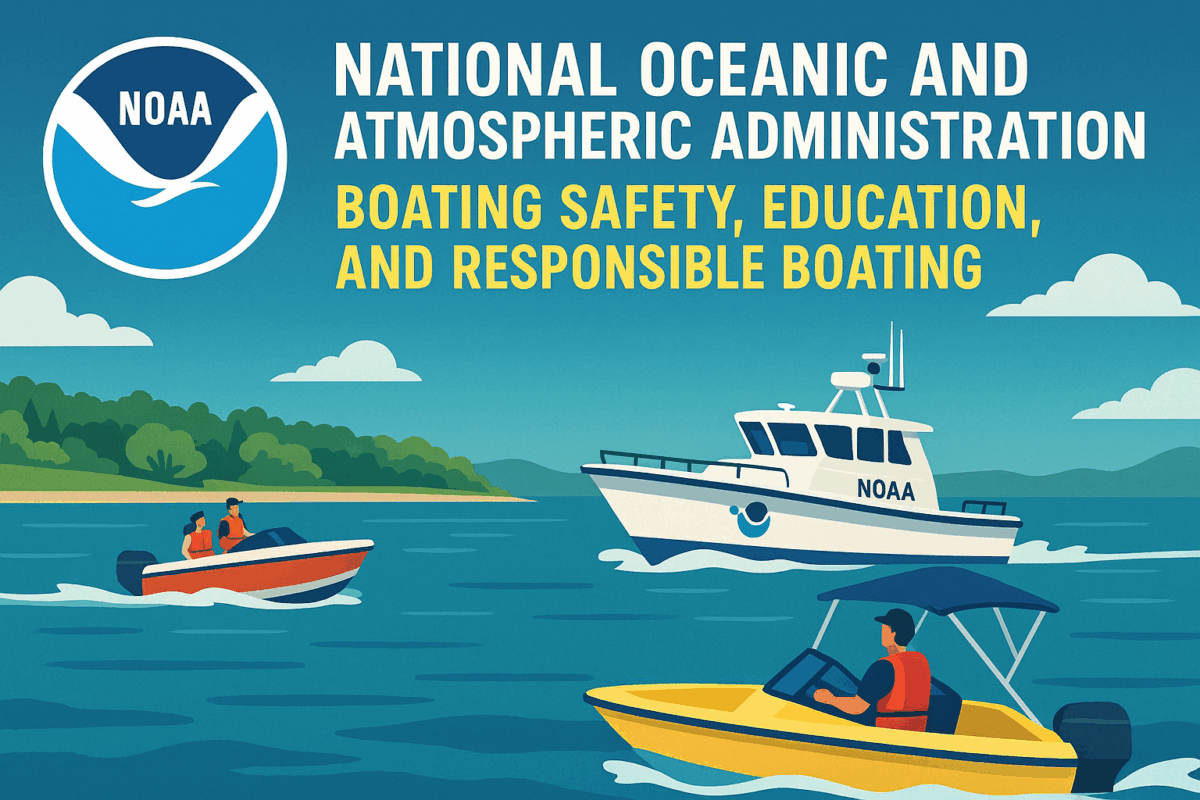Call: 1-800-832-7191

NOAA’s Interactive Global Charts
Explore the World with NOAA’s Interactive Global Charts
Modern navigation demands precision and accessibility. NOAA’s Interactive Global Charts offer boaters, researchers, and mariners a dynamic way to explore global waters.
These charts provide real-time access to nautical data across oceans, coastlines, and inland waterways. Users can zoom, pan, and customize views to suit their needs. Whether planning a voyage or studying marine geography, these tools deliver unmatched clarity and convenience.
Access Real-Time Nautical Data using NOAA’s Interactive Global Charts
Traditional charts offer static information. Interactive charts update frequently, reflecting changes in depth, hazards, and navigational aids. Mariners benefit from accurate, current data that improves safety and decision-making.
These charts include overlays for weather, tides, and currents. These features help users anticipate conditions and adjust routes accordingly. With reliable data, boaters avoid risks and optimize travel plans.
Customize Your Chart Experience
Users can tailor chart views to match specific goals. Options include satellite imagery, bathymetric layers, and vessel tracking. These tools support recreational boating, commercial shipping, and scientific research.
Charts are accessible on desktops, tablets, and mobile devices. This flexibility allows users to plan trips from anywhere. Integration with GPS systems enhances real-time navigation and situational awareness.
Support Safer and Smarter Navigation
Interactive charts promote safer boating by highlighting restricted zones, marine protected areas, and traffic separation schemes. Mariners who use these tools reduce the chance of violations and accidents.
The charts also support training and education. Instructors use them to teach chart reading, route planning, and hazard recognition. Students gain hands-on experience with real-world data. It’s always a good idea to do your homework and research the waterways you’ll be visiting.
Stay Connected to the Ocean with NOAA’s Interactive Global Charts
Exploring the sea becomes easier with digital tools. These charts connect users to global waters with precision and insight. By using them, boaters contribute to safer, more informed maritime activity.
noaa.org https://www.connecticutboatingcertificates.com/helm-boating-information/
